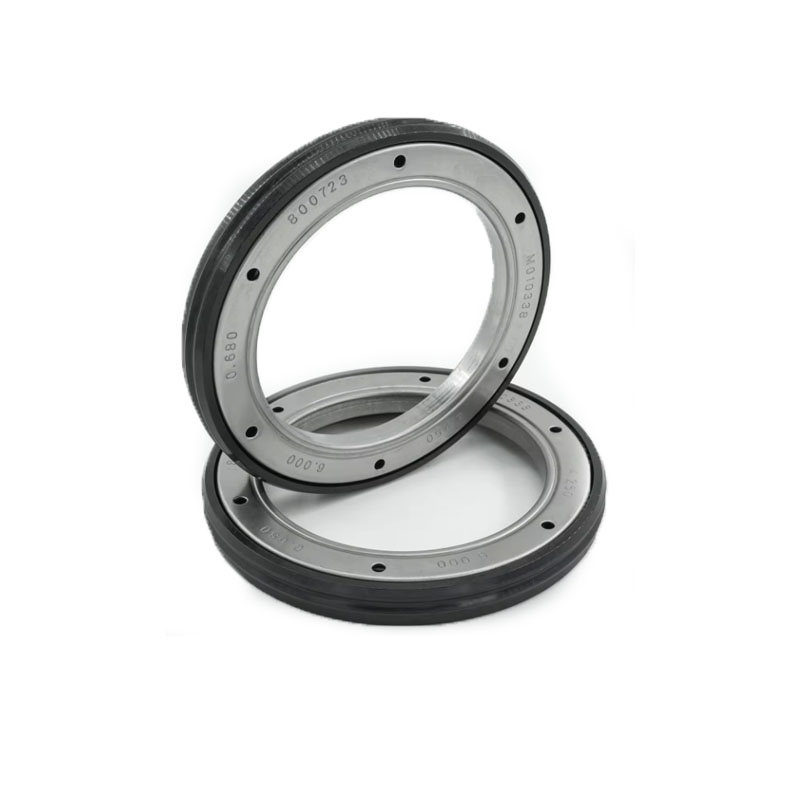rear axle bearings and seals
Understanding Rear Axle Bearings and Seals Essential for Vehicle Performance
When it comes to vehicle maintenance, few components are as crucial as the rear axle bearings and seals. These parts play a significant role in ensuring that the vehicle operates smoothly and efficiently. Understanding the function, maintenance, and potential issues related to rear axle bearings and seals can help car owners enhance performance and extend the lifespan of their vehicles.
What Are Rear Axle Bearings?
Rear axle bearings are critical components that allow the rear wheels to rotate smoothly around the axle. These bearings are typically housed within the rear axle assembly and support the weight of the vehicle while reducing friction between the axle and the wheel hub. The primary function of the rear axle bearings is to facilitate smooth rotation, which is essential for effective braking and stability during driving. They are designed to handle both radial and axial loads, making them robust yet susceptible to wear over time.
The Role of Seals
Seals are often associated with bearings as they provide essential protection against contaminants. In the context of rear axles, seals prevent dirt, moisture, and other foreign objects from entering the bearing assembly. They also help retain lubrication, ensuring that the bearings operate efficiently without overheating. Without effective seals, debris can lead to premature wear of the bearings, resulting in costly repairs and potential safety hazards.
Signs of Wear and Failure
Recognizing the signs of wear or failure in rear axle bearings and seals is vital for maintaining vehicle health. Common symptoms include
1. Unusual Noises A grinding or whining sound coming from the rear axle area can indicate bearing wear or failure. If the noise increases with vehicle speed, it’s a good idea to investigate further.
2. Vibration Excessive vibration during driving, especially at higher speeds, can be another sign of rear axle bearing issues. This may be caused by uneven wear or damage to the bearings.
rear axle bearings and seals

3. Oil Leaks If you notice oil dripping from the rear axle area, it could be a sign of a leaking seal. This can lead to a loss of lubrication for the bearings and cause them to fail prematurely.
4. Play in the Wheel If there’s excessive play or wobbling in the rear wheels, it might indicate worn bearings. This can affect handling and safety, necessitating immediate attention.
Maintenance Tips
To ensure that rear axle bearings and seals function effectively, regular maintenance is essential. Here are some maintenance tips to consider
- Regular Inspections Schedule periodic inspections with a qualified mechanic who can check for wear and proper lubrication. Early detection of issues can save significant repair costs down the line.
- Change Differential Fluid The differential fluid lubricates the bearings and provides essential cooling. Regularly changing this fluid based on the manufacturer’s recommendations can prolong the life of the bearings and seals.
- Address Leaks Promptly If you notice any signs of leakage, have the seals checked and replaced regularly to prevent contamination of the bearings.
- Monitor Driving Conditions If you frequently drive in extreme conditions—such as off-road or in heavy traffic—be extra vigilant about the condition of your rear axle bearings and seals.
Conclusion
Understanding the importance of rear axle bearings and seals is paramount for vehicle owners. These seemingly small components play a crucial role in ensuring safe and efficient driving. Regular maintenance, early detection of issues, and timely repairs can lead to enhanced vehicle performance and safety. By prioritizing the care of rear axle bearings and seals, car owners can enjoy a smoother ride and reduce the risk of costly repairs in the future.
-
Simplifying Oil Changes: A Comprehensive Guide to Oil Drain Plugs and Their Variants
News Aug.04,2025
-
Mastering Oil Drain Maintenance: Solutions for Stripped, Worn, and Upgraded Oil Plugs
News Aug.04,2025
-
Fixing Oil Pan Plug Issues: Leaks, Stripped Nuts, and the Right Replacement Solutions
News Aug.04,2025
-
Everything You Need to Know About Oil Drain Plugs: Sizes, Fixes, and Upgrades
News Aug.04,2025
-
Choosing the Right Oil Drain Plug: A Guide to Sizes, Materials, and Drain Innovations
News Aug.04,2025
-
A Complete Guide to Automotive Drain Plugs: Types, Problems, and Innovative Solutions
News Aug.04,2025
-
The Ultimate Guide to Car Repair Kits: Tools and Essentials Every Driver Should Own
News Aug.01,2025
Products categories















